
Where Can Young Americans Afford Their First Home? | 2025 Study
Nearly 75% of Americans under 30 cannot afford to buy a home in their current city, making location choice critical
After purchasing a new bathtub or even sprucing up an existing bath space, you may find that your bathtub doesn’t quite match the aesthetics of your bathroom. Moreover, there seems to be a great deal of space between your walls and the bathtub itself. Well, fear not, as bathtub surrounds are designed to fix that very problem-creating an area that supports your bathtub, protecting your bath space from water overflow and water damages while creating a more complete look and feel.
A bathtub surround describes the area around your bathtub-specifically the tiles or walls that encompass or surround the exterior of your bathtub. The surround is important for not only aesthetic purposes-it also functions as a buffer for any excess water from continual shower or bath use and for structural integrity between the walls and your tub. In simpler terms, think of it as a vertical bathtub for your walls, as it is non-porous and will not trap water inside. If your surround is made up of simple drywall, please consider swapping it out for a new surround that is non-porous so that you do not have to deal with the possibility of structural damage down the road.
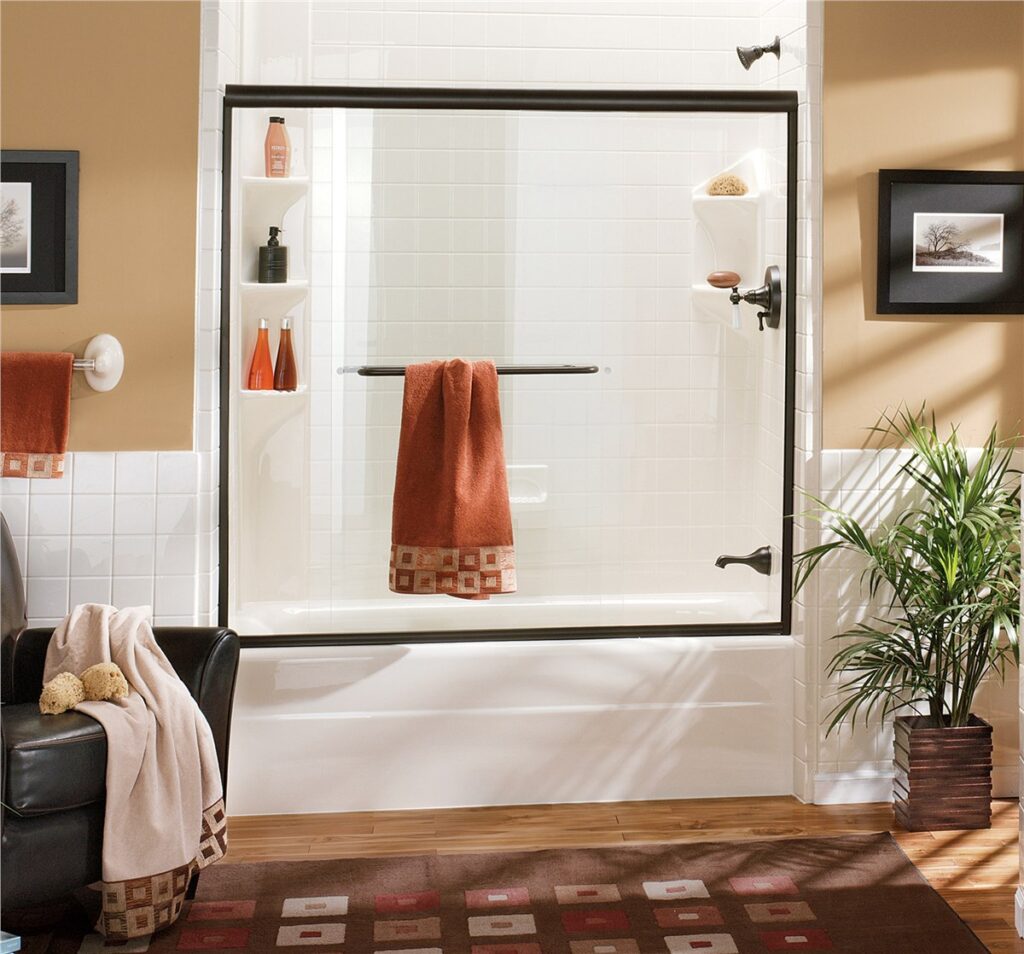
Similar to bathtub materials, surrounds are constructed from non-porous materials so that water may not carry a potential danger of creating structural damage. Common surround materials include acrylic, cultured marble, composite stone, fiberglass, and solid surface. The important factors to note when choosing the correct material for you is the price range, the flexibility of the material, and sturdiness.

Acrylic, tile and fiberglass have a projected lifespan of around 10 years.
Popular option as it is available in a variety of styles and is easy to install and replace. These are acrylic sheets glued to your water-resistant drywall, but their added flexibility results in the lowest longevity compared to other surrounding materials.
Similar to acrylic, tile can fit any sized bathroom so long as you have enough to fill the required area. They can also be reinforced with fiberglass for around $300, greatly improving their durability and longevity, especially when compared to acrylic.
An inexpensive solution to any bathroom problem, fiberglass is cheap to manufacture, lightweight, and can be used for various applications. The material is naturally water-resistant but also porous, so you should consider replacing it every 10 years to prevent it from warping.
Cultured marble and solid surface will last around 20 years+.
An engineered stone combining an adhesive to create a material with the look and feel of cultured marble. Although more difficult to install than tile or acrylic, cultured marble has increased durability and a very vibrant aesthetic, making it well worth the money.
Similar to cultured marble, solid surface mixes composite stone materials such as quartz and granite and combines them with a strong adhesive such as resin to create a material that is long-lasting and has the appearance of natural stone at a quarter of the price. Composite materials have high durability and are scratch resistant, making them a high-quality choice for any bathroom. However, they do carry a steep price tag of around $800-1200 just for a tub surround when compared to $300-400 for a lower-quality material. However, solid surface and composite materials will not require frequent repairs and replacing, which offsets the initial high cost.
Although very similar, both latex and silicone have some key important differences. First, caulk and sealant are interchangeable with silicone and latex. Caulk refers to a latex acrylic and sealant refers to a silicone-based binding agent.
In general, you should use sealant or silicone to secure your tub surround as it can weather the heavy humidity and moisture of your bathroom.
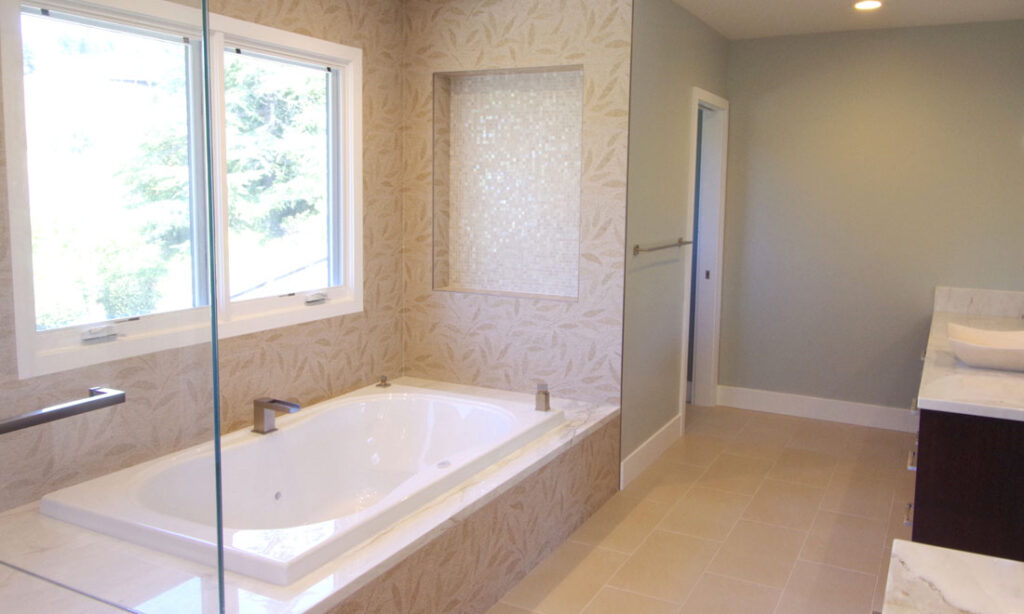
Your average bath surround will measure in around 1,920 square feet. This number will generally differ depending on the size of your bathtub and the space you have available in your bathroom. Typical pre-constructed surrounds have a length of 60 inches, a height of 32 inches and a width of 32 inches-this generally can fit a small to moderate sized bathtub. This extends to higher or larger sizes which come in with a length of 60 inches, a height of 72 inches and a width of 60 inches. These numbers are for pre-constructed surrounds, but for the purposes of tiling, you need to measure the width and height of your three surrounding walls to determine how much tile is appropriate or needed for your surround. As there is no uniform size for your bathroom space, it is important to measure out how much tile is necessary keeping in mind that there will be a certain amount of ‘waste’ as tile doesn’t always fit in perfectly.
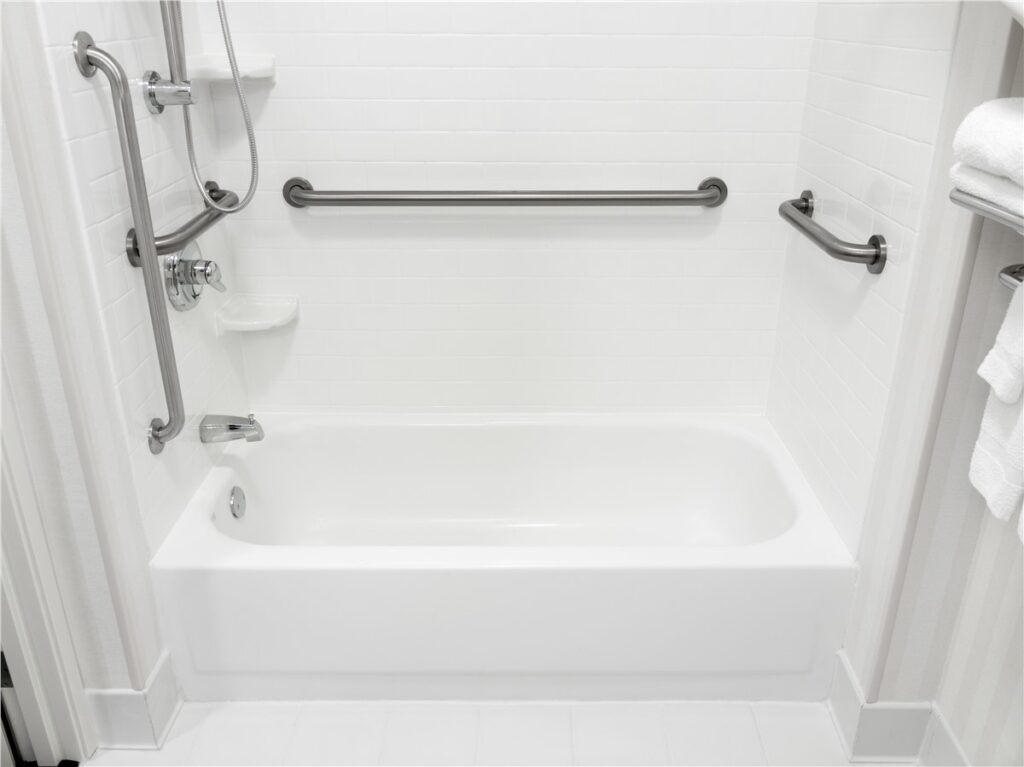
As discussed above, this price will differ largely depending on whether you are DIY or hiring a professional to replace your bathtub and surround.
A surround will run you anywhere between $300-1200 depending on the quality of the material you desire. A bathtub replacement will lump an additional $300-1200+ depending on the material as well. Combine that with professional rates and it is easy to see why DIY is a preferred solution.
While your bathtub is a very integral part of your bathroom, upkeep on its surrounds is also crucial. While it may seem costly at first, the additional money paid can help prolong the life of your bathtub and help upkeep costs remain low. For detailed information on expenses, you can refer to our bathtub cost guide. So whether your needs are practical or aesthetic, a bathtub surround can easily fit your bathroom.
Hiring a professional to install your tub surround can cost you anywhere between $800 and $10,000. Before you decide to hire a certain professional or company, make sure you’ve compared prices with others on the market as their prices tend to differ significantly.
If you’re looking for the most affordable option, a fiberglass surround tub will cost you anywhere from $800 to $1,000, whereas an acrylic surround tub could cost you up to $2,000. Among the most expensive options is the stone surround tub which will cost you from $3,000 to $5,000.
If you have chosen to DIY your surround install, you will first need these tools:
Most shower and tub surround kits afford you two different options for securing the panels-nails or glue. For installation purposes, the methods are very similar, only differing on how you wish to secure the panels themselves.
To allow the panels to bond properly, you need to make sure that the wall is clean to prevent any obstructions from mixing with the glue.
Before installing, lay your panels against your shower and make sure they fit before applying any caulk or screws.
To create a more solid base, you want to install the side panels first by lining them up with your tub. Apply caulk on the panel in a zigzag pattern, then apply a bead on the wall, spreading it evenly with a trowel. Press firmly, releasing only after a good 1-2 minutes then applying a line of adhesive at the base before the bathtub.
As the above step, lay a bead of caulk, making sure that the caulk stays within the panel boundaries before pressing firmly, releasing only after a minute then applying adhesive at the base.
Install the remaining panels in the same way, then allow adhesive to dry for at least 24 hours.
The immediate difference between using a kit and a hired professional is the price difference. Shower kits will run anywhere between $300-1000 depending on the material used. A professional starts between $700-1000 depending on negotiated rates, not including the cost of materials. However, you do retain the benefits of their experience and knowledge especially if you have no experience installing a tub kit surround by yourself. They also can help with any size issues or material difficulties that may occur such as something not fitting properly or if you want custom work done to the surround that you are unsure of how to approach. Many factory surrounds are typically bare, so additional shelves may be desired inside of the shower or tub walls which the professional can assist with.
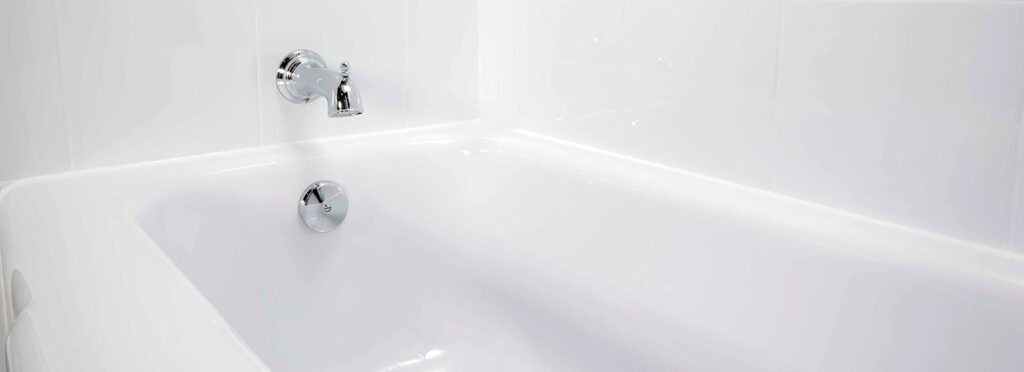
Pre-bought kits come with panels of your desired material that need to be glued or fastened against your drywall.
Before buying a surround kit, make sure you check whether it is designed for a specific tub or base or you will be able to use it on any tub type. Checking it first will not only save you money but time as well.
It is not a common thing that a tub surround goes over existing tile, but it’s possible. To be able to do, your old tile area needs to be smaller than the kit you’ve bought and the surrounding wall needs to be to the level of your tiles.

Eric is the founder and president of Badeloft USA. He has been the president of Badeloft’s US division for over ten years and oversees all marketing and branding aspects of Badeloftusa.com.
His expertise lies in small business development, sales, and home and bathroom industry trends and information.
Contact us with any business related inquiries.
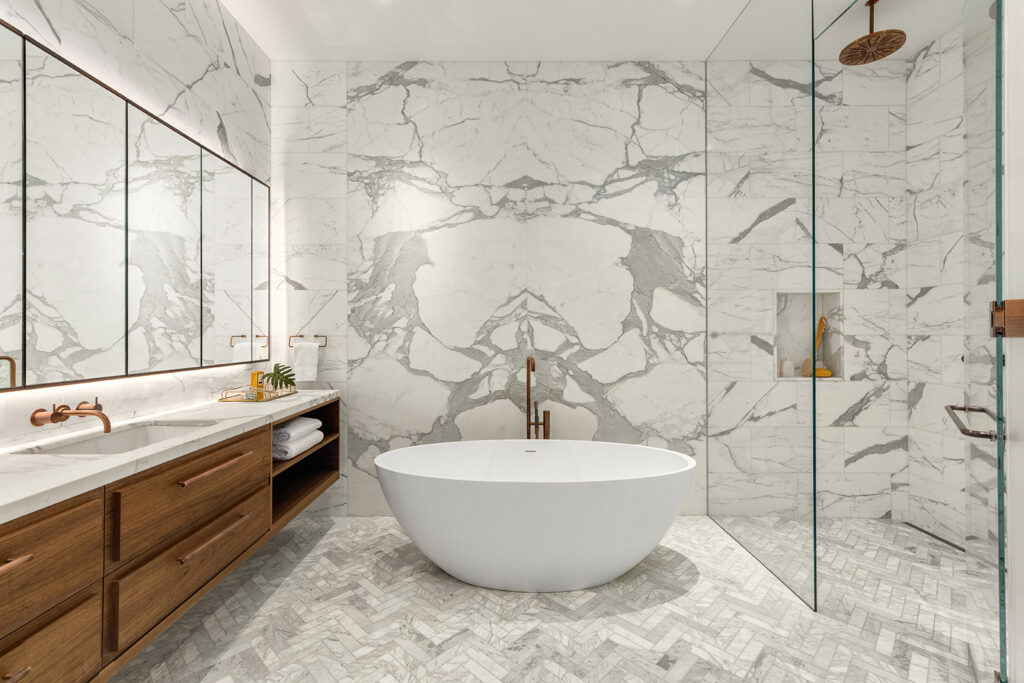
Free material samples and tub templates

Nearly 75% of Americans under 30 cannot afford to buy a home in their current city, making location choice critical

1 out of 5 Americans says they always feel rushed in their daily lives, yet finding cities that support a

When upgrading your bathroom, one of the most important—and often overlooked—decisions is choosing between a one-piece or two-piece toilet. While

Small details, including what you place on the floor, can make a big difference when setting up or upgrading your
Request your free material sample below. By submitting, you agree to receive occasional product updates and offers from Badeloft. Unsubscribe anytime.
"*" indicates required fields
"*" indicates required fields
"*" indicates required fields
I’m sorry…WHAT? “Your average bath surround will measure in around 1920 square feet.”
Yep. Hilarious right?
K, do you know how to come up with the sq. footage? 60″ x 32″ =1,920″ = 1920 sq.ft.!
You need to convert inches to feet (ie 60 inches = 5ft) before you calculate square feet.
Are u washing the neighborhood?
Its sq inches not sq ft! Pay attention
Ummm maybe edit the article. I don’t think 1,920 sqft is quite accurate.
Dang. How big is the house, cuz that tub surround be the size of a house? LOL.